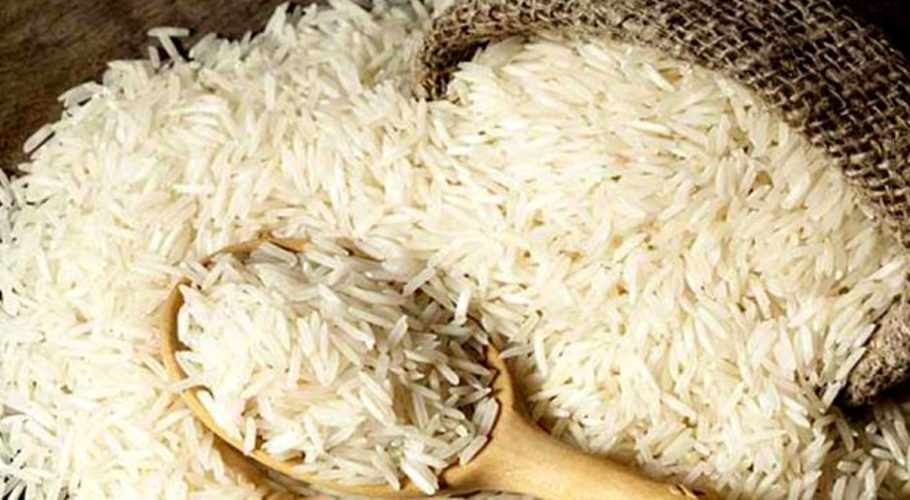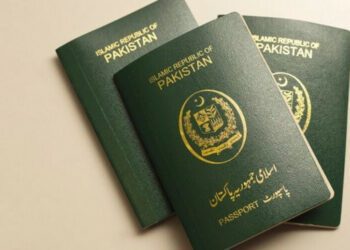Pakistani rice exporters have maintained their position in the global market despite heavy subsidies and lower prices offered by India.
As per details, Pakistan’s rice exports have remained largely unaffected by India’s subsidized exports, mainly due to exporters’ emphasis on consistency and high standards.
India recently returned to the global rice market after a two-year ban imposed for domestic food security. Following the removal of these restrictions, Indian media predicted that Pakistani exporters would face severe financial losses. However, Pakistan’s exports remained stable during that period.
Before India’s return, Pakistan was exporting an average of 550,000 tons of rice per month between July and September 2024. Indian officials and trade analysts had expressed concern that cheaper Indian rice might reduce Pakistan’s market share, but Pakistani exporters adopted a quality-driven approach, avoiding direct price competition.
According to rice sector expert Hamid Malik, this strategy proved effective. From October 2024 to March 2025, Pakistan’s trade was not significantly impacted. Pakistan continued serving premium markets such as the UK and EU, while also catering to price-sensitive regions in Africa with balanced quality.
Per the Pakistan Bureau of Statistics, in the first 11 months of FY2024-25, Pakistan exported 5.544 million tons of rice, only a slight 0.87% decline from the previous year.
A new challenge has emerged as kharif 2024 rice production fell by 3.7%, leading to a rapid drawdown of stocks since April 2025. As a result, exports for the April–June 2025 quarter may drop by nearly 15%.
Meanwhile, India is aggressively selling both basmati and non-basmati rice at extremely low prices, which industry sources deem unsustainably cheap. India is currently the lowest-priced exporter of 25% broken non-basmati rice at $349 per ton (FOB), compared to $376 for Thailand, $362 for Vietnam, and $365 for Pakistan.



































